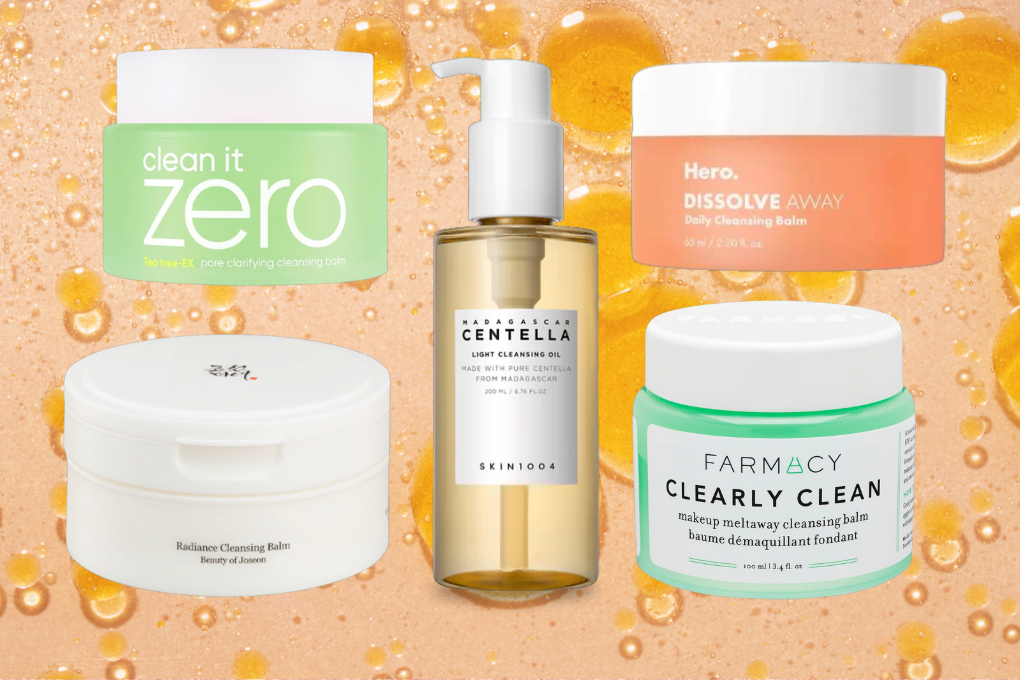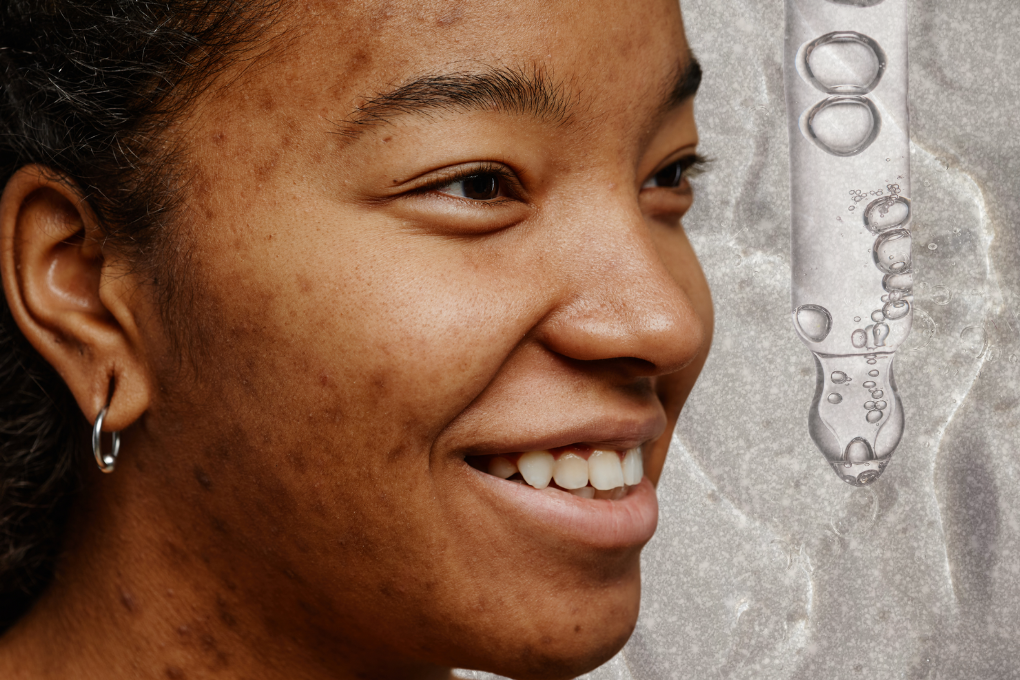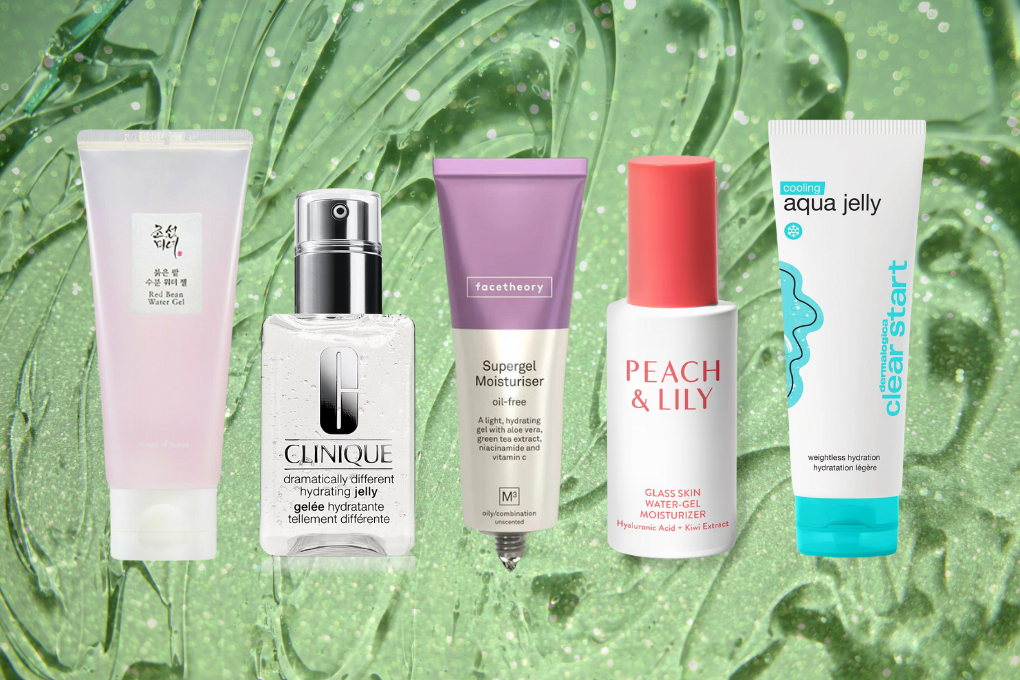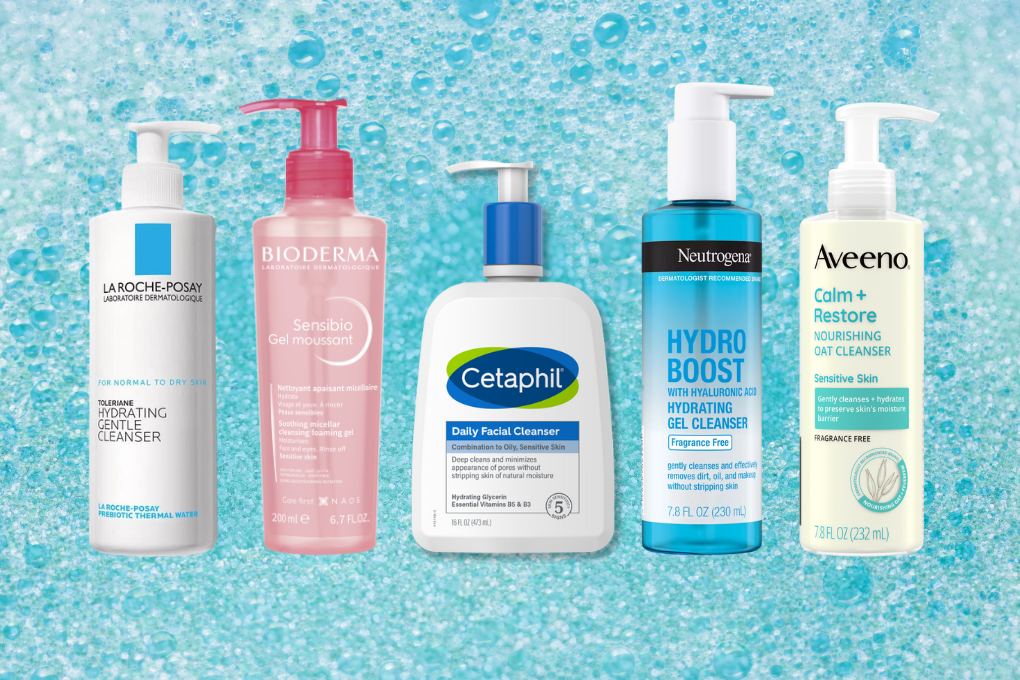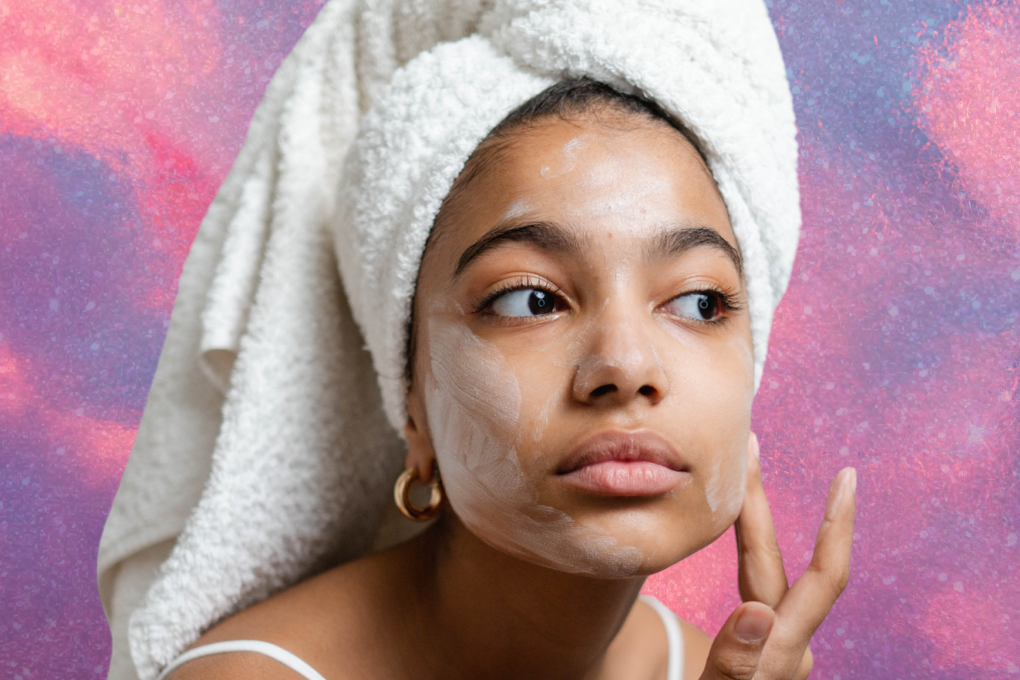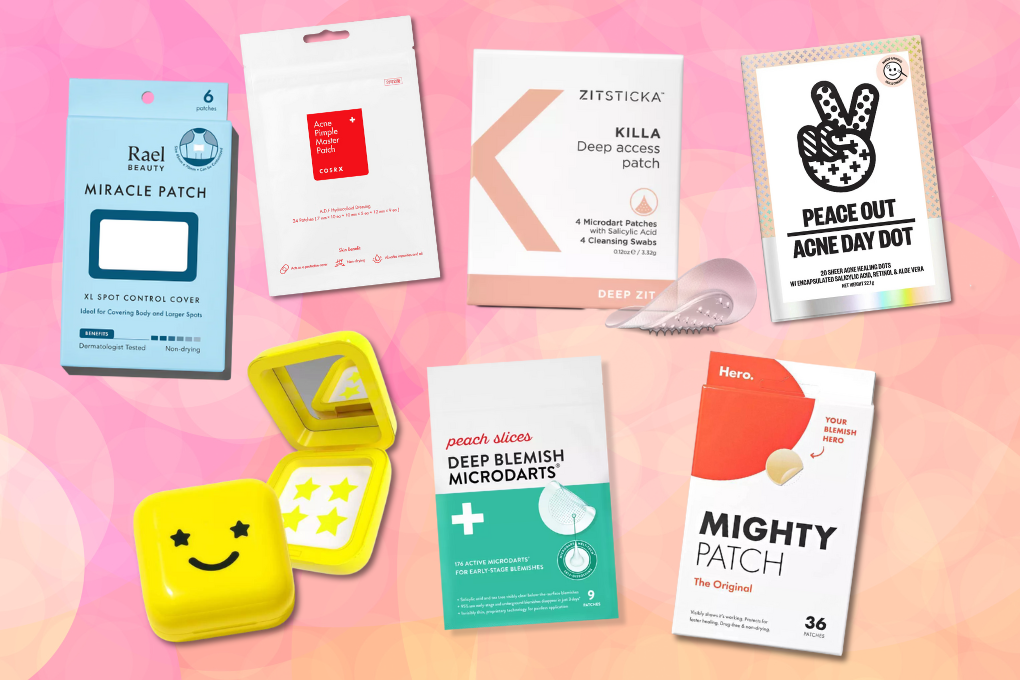When you have acne-prone skin it can feel like you are constantly discovering different types of bumps on your face. From closed comedones to papules to cysts, there are many ways that our skin demonstrates its displeasure at clogged pores.
If you’ve ever felt small, gritty, non-inflamed bumps on your skin that might poke through with the appearance of a grain of sand, chances are you’ve encountered sebum plugs. Keep reading to learn more.
What Is a Sebum Plug?
Sebum is a natural, oily substance produced by sebaceous glands located beneath the skin’s surface. It may feel like sebum is the root of all evil when it comes to acne, but its primary function is to lubricate the skin, protecting it from dehydration and other environmental stressors. Sebum production is a delicate balance, and when it is disrupted, it can lead to a number of different skin issues.
While sebum is amazing at keeping our skin soft, supple, and moisturized, sometimes it can play a little too hard. While sebum should normally flow freely from the sebaceous gland in your pore to the surface of your skin, sebum and dead skin cells can become trapped inside a pore and form a blockage, like a mini cork, known as a sebum plug.
Most noticeable on oil-prone zones like your nose, forehead, and chin, these hardened sebum plugs don’t have a distinct color but might feel like a slight bump or texture with a slightly grainy or gritty sensation when you run your fingers over your skin, especially during cleansing. Left unchecked, sebum plugs are a precursor to many types of acne lesions, including open comedones (blackheads) and closed comedones (whiteheads).
What Causes Sebum Plugs?
While we all produce sebum, not everyone will develop sebum plugs. A sebum plug forms when the sebum produced by your skin becomes trapped in a pore. This can occur for several reasons:
- Overproduction of Sebum: Some people naturally produce more sebum than others, making them more prone to clogging. Factors influencing this overproduction can be hormonal changes, genetics, or even certain medications.
- Accumulation of Dead Skin Cells: The skin naturally sheds millions of skin cells every day. Sometimes, these cells don’t slough off as efficiently as they should and can mix with sebum, leading to blockages.
- Narrowing of Hair Follicle Openings: Sometimes, the openings of hair follicles can narrow, making it more difficult for sebum to flow freely.
- External Factors: Thick makeup or skincare products that contain pore-clogging ingredients can contribute to the formation of sebum plugs for some skin types.
How to Get Rid of Sebum Plugs?
Proper skincare routines, which include regular cleansing, exfoliation, and moisturizing, can help balance sebum production and minimize the occurrence of these plugs. Gentle and consistent skincare practices are more likely to yield positive results in reducing sebum plugs than anything short term and drastic. In particular, consider adding the following steps to your skincare routine:
Double Cleansing
A two-step cleansing method can be helpful. Start with massaging a cleansing balm or oil onto your dry skin before rinsing to dissolve sebum and makeup. Sometimes you might experience sebum plugs coming out and feeling like “grits” under your fingers if you massage your oil cleanser for a few minutes. Follow with a foaming cleanser to thoroughly cleanse and remove any remaining oil or impurities.
Beauty of Joseon Radiance Cleansing Balm with Rice Bran
Bioderma Sensibio Micellar Cleansing and Makeup Removing Foaming Gel
EltaMD Foaming Facial Cleanser for Oily Skin Daily Face Wash
Exfoliation
Introducing salicylic acid into your skincare regimen can help with sebum plugs. As a beta-hydroxy acid (BHA), salicylic acid penetrates the oil in the pores and facilitates the removal of dead skin cells and excess sebum. Using salicylic acid liquid exfoliant two to three times a week or a salicylic cleanser can prevent pore blockages.
Cetaphil Gentle Clear Triple-Action Acne Serum with 0.5% Salicylic Acid
Paulas Choice BHA Liquid Exfoliant with 2% Salicylic Acid
CeraVe Acne Control Cleanser 2% Salicylic Acid and Clay
Retinoids
As derivatives of vitamin A, retinoids accelerate the skin’s natural cell turnover process, helping clear pores and reduce sebum plugs. Whether it’s an over-the-counter adapalene gel or prescription-strength tretinoin, make sure to introduce it slowly to avoid irritation. If you use retinoids, wearing sunscreen is a must due to your skin’s increased photosensitivity.
Maintain Skin Hydration
Look for a lightweight, non-comedogenic moisturizer that will hydrate and support your skin’s barrier without further clogging your pores.
Vanicream Daily Facial Moisturizer with Ceramides and Hyaluronic Acid
COSRX Hydrium Green Tea Aqua Soothing Gel Cream with Green Tea Leaf Extract
Sebamed Clear Face Care Gel with Aloe Vera and Hyaluronic Acid
Professional Interventions
Before starting any new skincare routine or product, especially for persistent or concerning skin issues, you should always consult a dermatologist for tailored advice. If you need more immediate results or have persistent sebum plugs, you can consider professional extractions by a licensed esthetician or dermatologist. These experts possess the necessary tools and knowledge for safe and effective extraction.
Sebum Plugs vs. Sebaceous Filaments
Both sebum plugs and sebaceous filaments are both commonly observed on the skin, especially in areas with more active oil glands.
It’s easy to get these two confused. However, sebum plugs are indicative of clogged pores and can lead to acne if not addressed, while sebaceous filaments play a role in the skin’s natural oil regulation process.
What Are Sebaceous Filaments?
Ever looked closely at your nose and noticed tiny, pin-like dots? Sebaceous filaments are thin, threadlike appendages that line the sebaceous glands. They help to move sebum from inside your pores to the surface of your skin. Sebaceous filaments are normally visible on the nose and chin, but they can become more noticeable if the skin is oily or if the pores are enlarged.
Sebaceous filaments are soft, and squeezing them (though tempting!) isn’t the best idea, as they fill right back up in a few days. Unlike sebum plugs, they’re not a sign of clogged pores but rather a natural part of our skin’s landscape.
Here’s a look at what sets sebaceous filaments apart from sebum plugs:
- Appearance: Sebum plugs can develop into either blackheads or whiteheads, depending on their location and exposure. Sebaceous filaments, meanwhile, are often more uniform in appearance; typically grayish or tan dots.
- Texture: Sebum plugs can give you a bumpy, rough texture, while sebaceous filaments usually feel smoother to the touch.
- Location: Both can pop up in oil-rich zones like the nose and forehead, but sebaceous filaments are typically more uniform in their distribution.
- Function: Sebum plugs are indicative of clogged pores and can lead to acne if not addressed. In contrast, sebaceous filaments play a role in the skin’s natural oil regulation process.
Sebum Plugs vs. Comedones
Both sebum plugs and comedones originate from clogged pores, due to the overproduction of sebum and the accumulation of dead skin cells. However, sebum plugs are a precursor to more obvious pore blockages, while comedones, whether open or closed, represent a slightly more advanced stage of pore obstruction.
If a sebum plug is located deep within the pore and is closed off from the surface, it might develop into a whitehead. If the plug is closer to the skin’s surface and is exposed to air, it can oxidize and become a blackhead.
What Are Comedones?
The term “comedone” is a general classification for a clogged pore, but they can present in different ways:
- Whiteheads (Closed Comedones): These form when the blockage is deep within the pore and is covered by a layer of skin. This prevents the trapped material from being exposed to the air. As a result, the buildup retains a white or skin-toned color, forming tiny, non-inflamed bumps on the skin’s surface.
- Blackheads (Open Comedones): Unlike whiteheads, blackheads are open to the skin’s surface. The trapped sebum and dead skin cells within the pore come into contact with the air and undergo oxidation. This process gives the material a black or dark gray hue, which is how blackheads earn their name.
So, while both sebum plugs and comedones are all about clogged pores, the real difference lies in their presentation and progression. Sebum plugs can potentially evolve into comedones if they stay around. Comedones, on the other hand, have fully settled in and made themselves known and might progress to more inflammatory acne.
Sebum Plug vs. Keratin Plug
Both sebum and keratin plugs come from natural processes in our skin, but they are generally found in different areas. While sebum plugs tend to be on the face, contributing to texture and potential breakouts, keratin plugs are more likely to be on your body, giving certain areas a rougher feel. Knowing where these bumps are can be a big clue in identifying them.
What Are Keratin Plugs?
Our skin naturally produces a protein called keratin, which strengthens skin, hair, and nails. Sometimes, though, keratin can end up accumulating in our hair follicles, leading to keratin plugs. You might recognize these tiny, hardened skin-colored or reddish bumps—often hanging out on your upper arms or thighs. They’re known as keratosis pilaris, but are commonly called “chicken skin” and are often treated with a lactic acid lotion.
While both sebum plugs and keratin plugs are the result of natural processes in the skin, they have distinct characteristics:
- Location: Sebum plugs are predominantly found on the face, especially in areas where oil glands are more concentrated. Keratin plugs, on the other hand, are commonly found on areas like the upper arms and thighs.
- Texture: Sebum plugs can feel more subtle and may be surrounded by inflamed skin if they progress to acne. Keratin plugs feel hard and rough to the touch, resembling sandpaper.
- Appearance: Sebum plugs can sometimes progress to become whiteheads or blackheads. Keratin plugs tend to remain as small, rough bumps without developing into traditional acne lesions.
While small, sebum plugs are at the root of other types of acne and dealing with them promptly can prevent further acne complications. By identifying and addressing their root causes, such as overproduction of sebum or accumulation of dead skin cells, you can remove sebum plugs and prevent them from coming back. Sebum plugs may have a pore reputation, but with the right knowledge and consistent care, they don’t stand a chance!
























